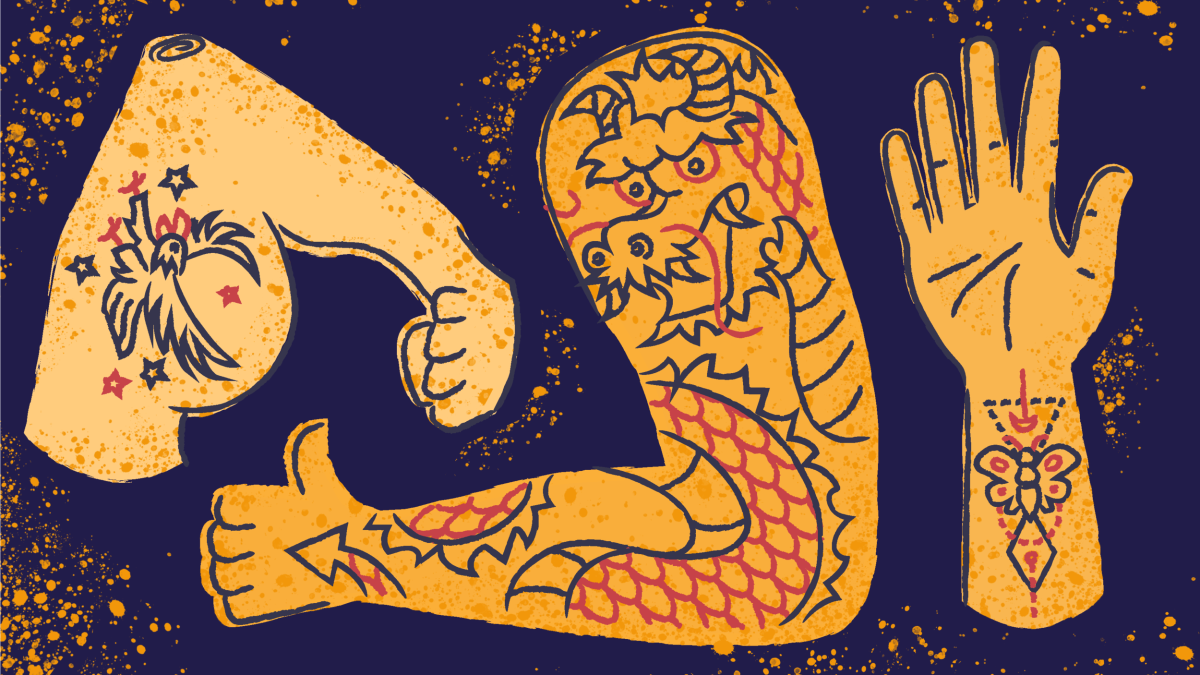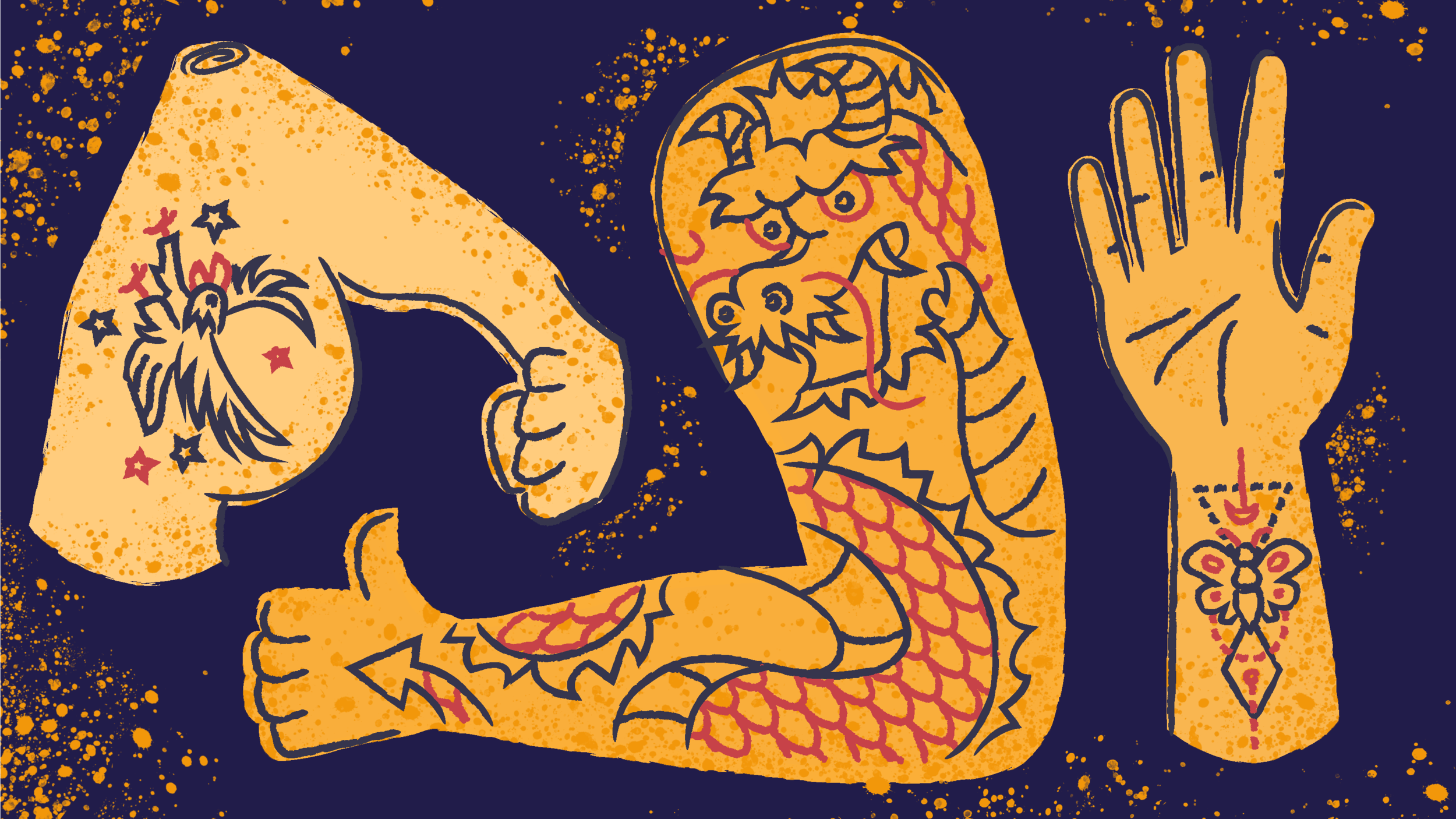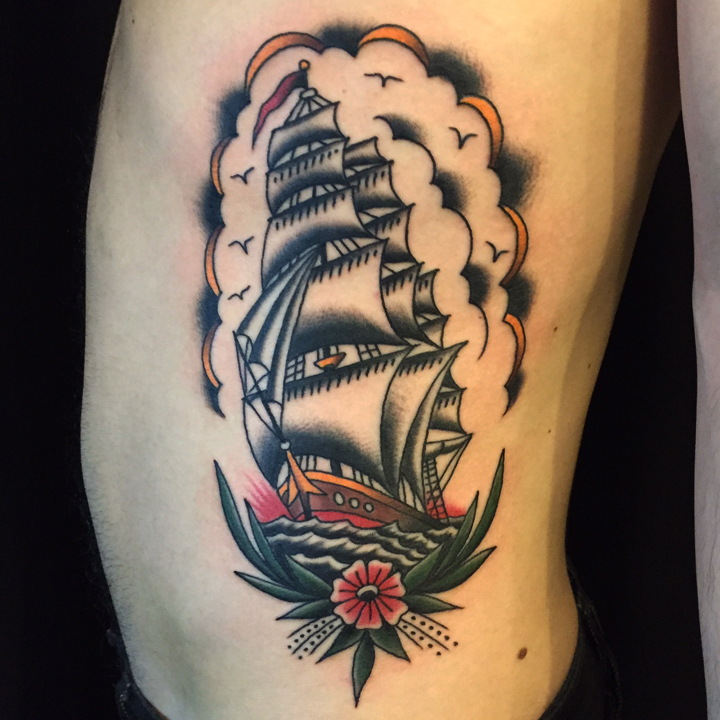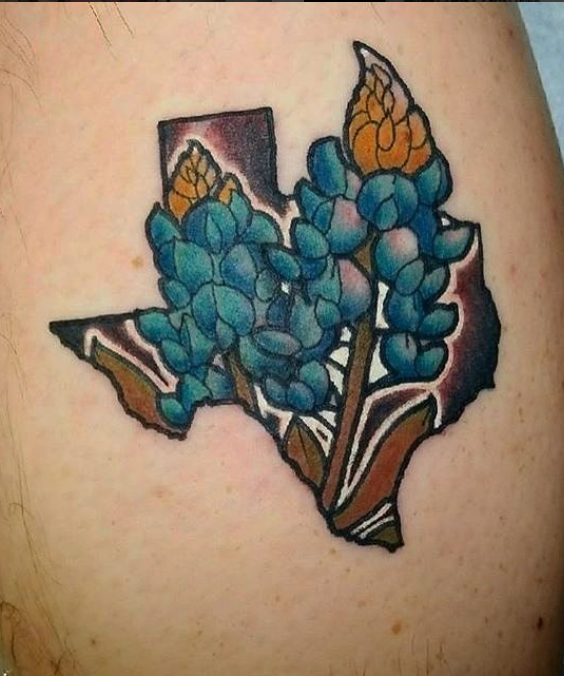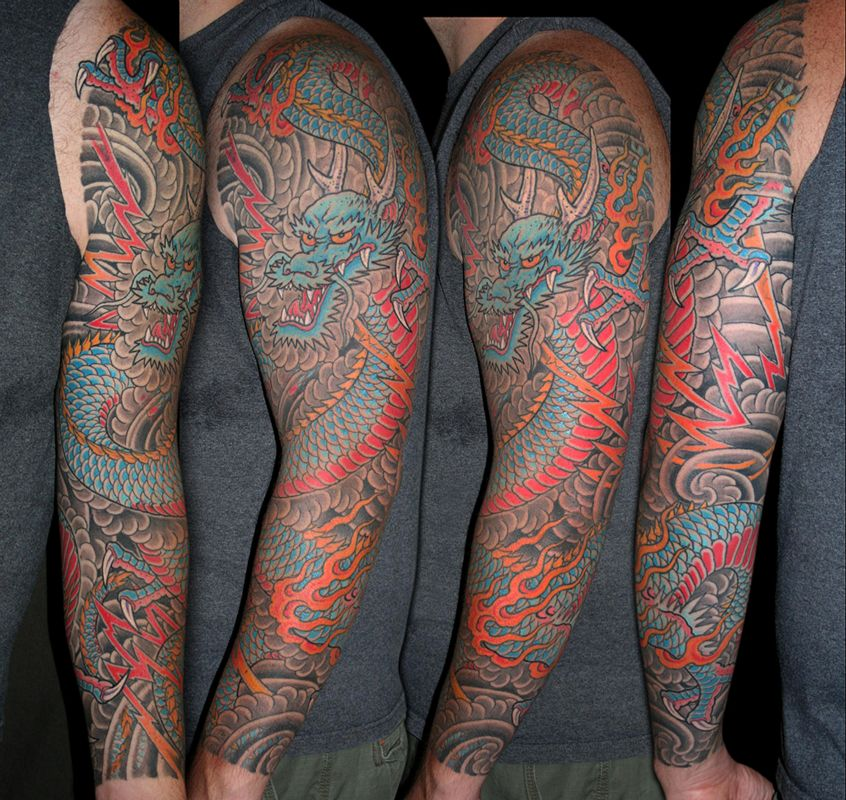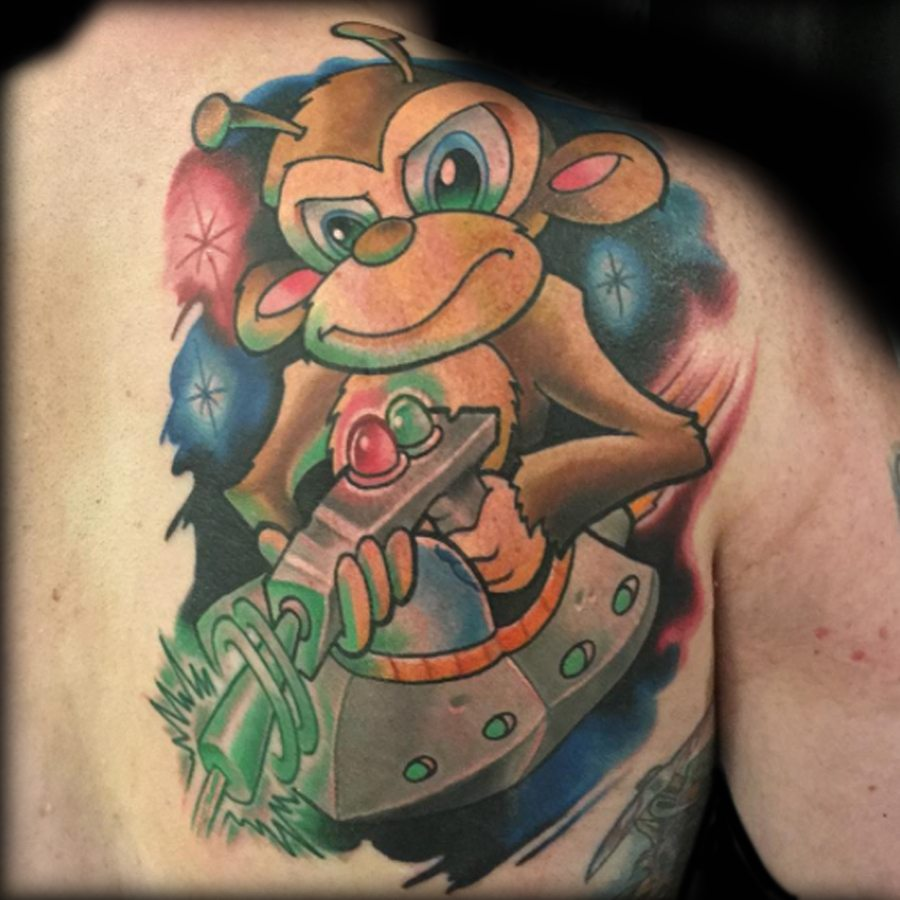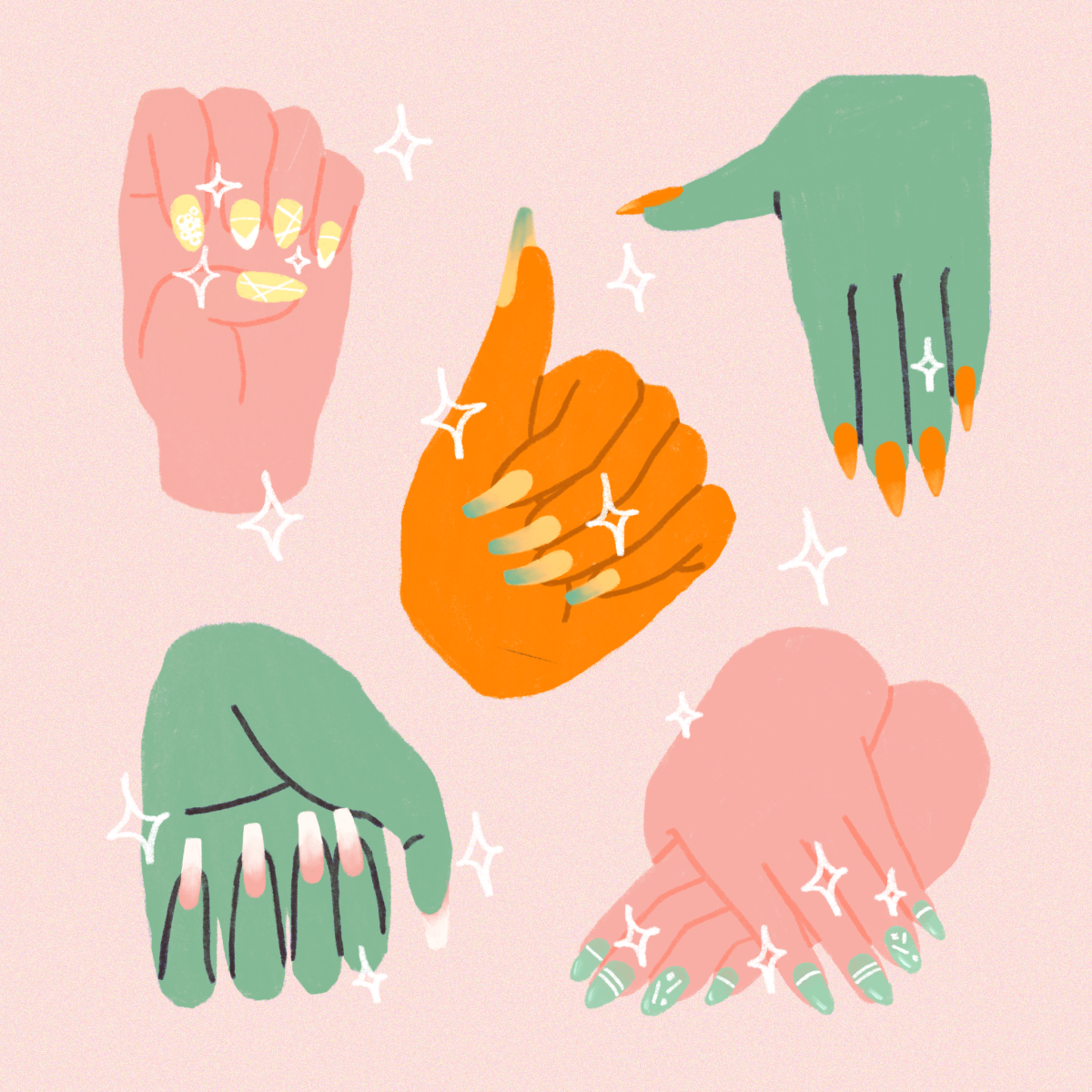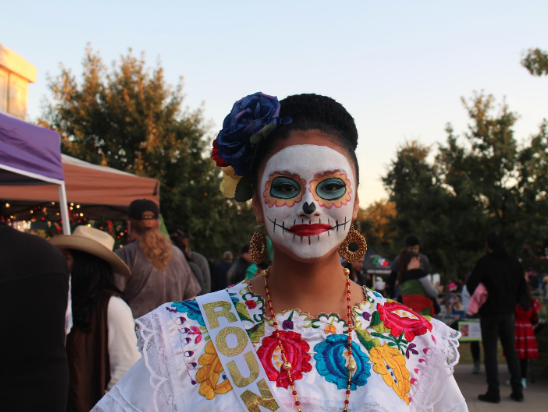Tattoos are becoming more acceptable and commonplace every day and people are beginning to pay attention to contemporary tattoo art. ORANGE Magazine is here to fill you in on some of the more popular styles in today’s tattoo world.
Story by Rylan Henderson
Illustration by Nat Watkins
Whether or not a tattoo is perceived as stylish is entirely up to the person getting inked. Tattoos are a permanent and often heavily personal form of body modification, and this is not a guide intended to what a tattoo should or should not look like. The best tattoo is one that you love, and the best way to achieve that is by working with an artist you appreciate to design the tattoo you want.
American Traditional
American Traditional is the art style that often comes to mind when thinking of tattoos. These tattoos are characterized by bold, stylized designs with a simplified color palette. They were first popularized with the advent of modern tattoo machines and are designed to be finished quickly so that shops can see a greater number of clients in a shorter amount of time.
Photo courtesy of Zach Nelligan at Mainstay Tattoo
A lot of popular American Traditional imagery stems from old school sailor and nautical themes popularized by Norman Keith Collins a.k.a. Sailor Jerry in Honolulu just after World War II. Things like ships, birds, Americana and memories of loved ones are common in the style, but many artists today are able to interpret anything you wish.
Neo-traditional
Similar to the American Traditional style, Neo-traditional tattoos are highly stylized representations of popular imagery. Bold lines and bright fills are still very much in play, but neo-traditional art breaks away from the simplicity of American Traditional by including a greater variation of color and line weights, making it a very popular style for custom work.
Photo courtesy of Josiah Odom at Little Pricks Tattoo
Since Neo-traditional is a much more contemporary style of tattooing, the imagery is not as limited by its history. Many artists are willing to draw and iterate bold, personalized neo-traditional pieces for each client they work with, ensuring that the final tattoo is special to just that person.
Photo Portraits/Realism
If you aren’t big on symbolism or hidden meanings, there exists a subset of extremely skilled tattoo artists dedicated to reproducing photographs on skin. This is obviously a departure from other styles of tattooing, but many people find the technical precision and intricate detail associated with photorealistic tattoos more appealing than the artistic interpretations associated with more illustrative styles.
Photo courtesy of Cory James at Cory James Tattoo
Photorealistic tattoos are often done in honor of a specific person, group, place or thing, but a skilled artist would be able to replicate just about any photographic content. Since the nature of this style is highly dependent on the technical skill of the artist, it is even more important to do your research and find someone you trust to do a great job.
Japanese Traditional
Japanese traditional style tattoos are actually rooted in the centuries old practice of “irezumi,” a Japanese term that literally means “to insert ink.” Truly traditional irezumi is done by a master artist with a specialized hand needle and can take weeks, months or even years of regular sessions to complete, but the term has been adopted to include modern tattooing practice done in the same artistic style.
Photo courtesy of Ben Siebert at Great Wave Tattoo
These Japanese tattoos are characterized by large, body spanning designs (no kidding, some pieces are literally from head to toe) with intricate detail and traditional imagery relevant to Japanese mythology and history. The pieces often contain many elements and are intended to be “read” or observed to tell a story.
The “New School”
The so-called “New School” of tattoo artistry is a relatively loose categorization used to describe the illustrations that are more contemporary in style and non-traditional in content. The New School often seeks to translate art styles from street, paper, or digital mediums onto the skin, and as such the work coming out of the New School are often more akin to graphic design or illustration, with distinct characteristics unique to each individual artist or studio.
Photo courtesy of Jeremy Miller at Pigment Tattoo
Comic book-esque illustrations and graffiti-style exaggerations of color and proportion are defining characteristics, but the imagery can be as wild as your imagination.































